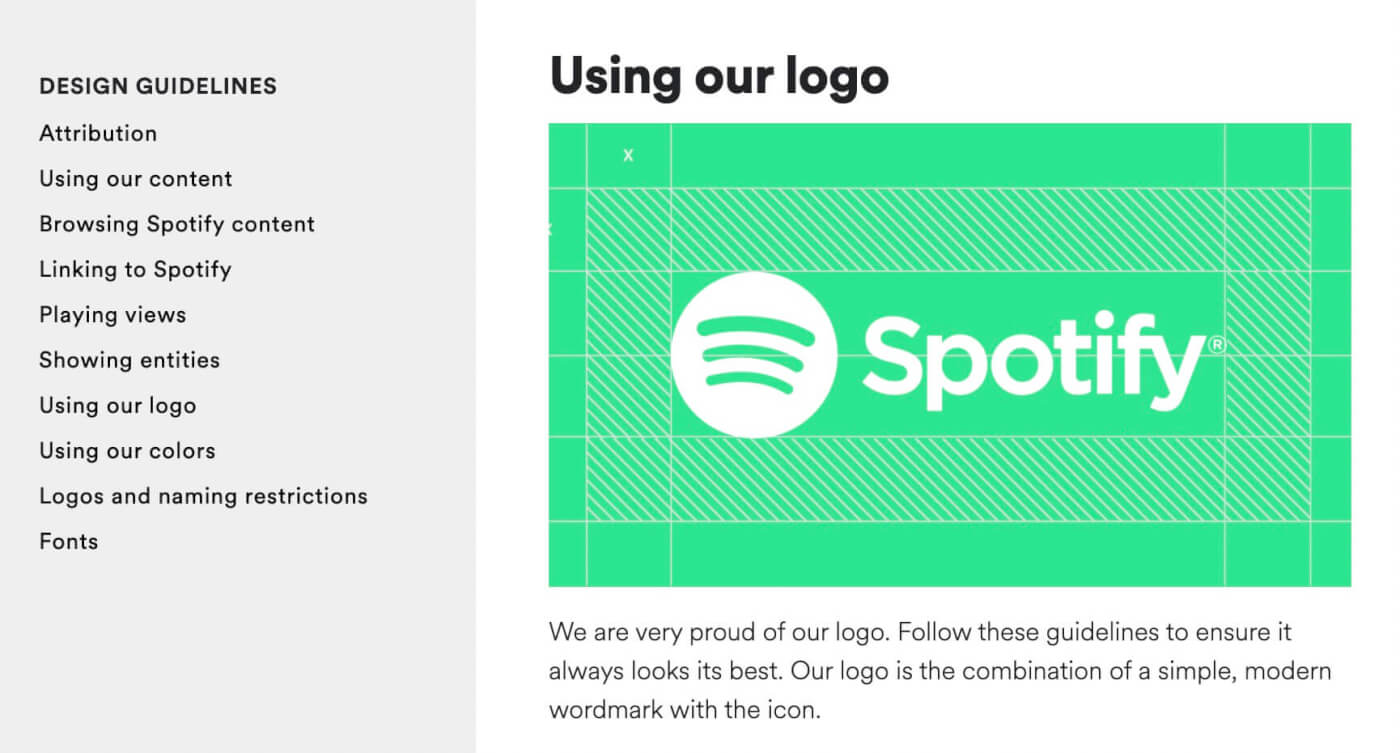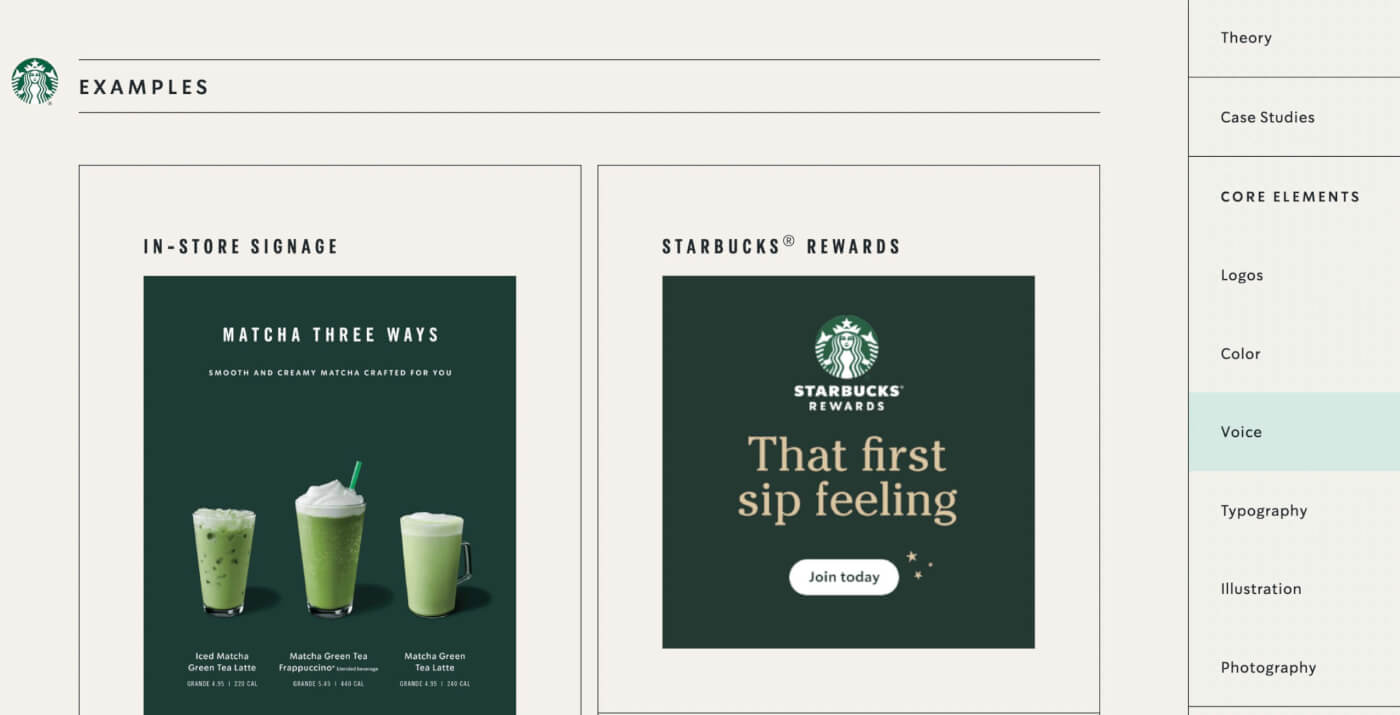Do you have a brandbook for your brand? This guide is written to serve entrepreneurs, marketers as well as business owners as a handy checklist of what elements they must have on their brand book.
A brand book is a reflection of your company’s vision, values, culture, and identity and it’s important to carefully carve this masterpiece.
So before starting to build the book for your brand, it’s extremely important to understand elements that would go into making the brand book that would make your brand stand out of the crowd as well as give you and others a handy reference of your brand.
In this article, we’ll list the most important and essential branding elements you should include in your brand book to complete your brand.

You can use the brand book for public showcase on your website as well as for brand collaborations, influencer collaborations, and other partners.
Here’s the list that would ease the process for you – consider this as your brandbook’s checklist:
Product and Service Overview
Your brand book should provide the information about your brand ( whether it’s a product or service) as it develops trust among your customers and helps them associate with your brand closely.
Start with your brand name and then explain your product and services.
Pro Tip: Make sure you have a .com domain name available for your brand if you’re just starting out. You can check domain names here.
Mission and Vision
The mission and vision statement of your company is a must on your brand book as it helps to shape the branding strategy according to the vision of the brand. As the statement focuses on the brand’s present and future it helps in laying a strong foundation for the branding elements too.
For example, Walmart’s mission is to “Create and steward a unified brand experience that enables Customers, Associates, & Communities to achieve a better life.”
Unique Selling Proposition
The USP of the brand tells how your brand differentiates from the others in the industry. Your brand book speaks for your brand identity hence the element is a must-have on the brand book.
Brand Positioning
Effective brand positioning helps your brand stand out from the crowd and tells what your brand can do that your competitors can’t. Hence for your branding to stand up to mark, a strong brand positioning must be a part of your brand book.
Brand Promise
What your brand promises to deliver to the customers should be a part of all the elements that your brand showcases. This helps your customers know your brand better and set correct expectations from your brand.
Brand Proposition
A core component of brand development is the development of a brand statement. A brand proposition identifies your brand and its offerings. It also dictates various spheres of branding hence its inclusion is a necessity for your brand book.
The brand selling proposition is what the brand tells their audience about how they can solve the problem of the audience.
Brand Logo
The logo is the heart of your company’s branding. Hence the architecture and logo design is the core requirement of the brand book.
Reverse Logo
How do you showcase your logo on a background which has the same color as your logo? Here is where the reverse logo usage comes into play. Add this to your brand book.
Monochrome Logo
The monochrome logo would help you use the logo correctly in greyscale printing.
Icon and watermark usage
The icon and watermark usage guidelines would help the designers use the icons and watermarks appropriately in the branding collaterals.
Logo Usage and Guidelines
The Dos and Don’ts of the logo usage, which logo to use in what situation, would all be covered under the logo usage and guidelines, should be included in your brand guide.

Here’s an example of logo usage brand guideline by Spotify.
Co-branded logo and usage
If you are partnering with other brands or wish to use the logo with other brands’ logos then the co-branded logo usage with help in maintaining the correct usage of your company logo.
Trademark Icon Usage
This element would help specify how the brand logo would be used with the trademark and the registered icons.
At Mapplinks, we take up logo design and full brand book design as a service for clients. If you’re interested in working with us on designing your brand book or brand elements, just write to us at rish@mapplinks.com.
Brochure Design Guidelines and Usage
Brochure templates and usage guides should be a part of this branding package as brochures would help your brand reach a greater audience.
Business Card and Letterhead design
Considered based on your brand identity, Business cards and letterheads are one of the most important brand stationary components. Their designs and usage must be included in your brand kit though they may not be showcased on the public brand book.
Tone of Voice
This describes what language your brand speaks.
For example, the brand guide or brand book by Starbucks showcases their tone of voice as functional and expressive.
And they also showcase examples for the same:

Type Face
The brand resonates with the typography they use. Hence the typeface design element would maintain the brand consistency throughout the branding.
TypeFace Usage and Guidelines
These would help you understand the usage of the various typefaces and how they would resonate with the brand’s voice. Don’t skip this from your brand book!
Color Palette
The color palette is defined based on the logo colors. It includes the primary and the secondary colors which the brand would use for creating collaterals.
Brand Color Usage
The color usage would include guidelines to ensure the correct usage of the primary and secondary brand colors.
Imagery Usage Guidelines
The imagery guidelines would help in determining the appropriate usage of abstract designs, lifestyle photography, and conceptual illustrations for the brand.
Social Media Guidelines
The social media guidelines would cover the correct usage of the brand logo, typography, and colors on social media creatives, profile pictures, social media advertisements
Advertising Templates
The advertising templates would ease the process of making advertisements collaterals and guide the designers to use the branding elements appropriately
Social Media Cover Templates
Social media cover templates would be designed for all the social channels which would serve as the foundation for campaign-specific covers for the brand.
Signage Specifications
Helps in conveying the brand standards and is instrumental in presenting a positive first impression.
Branded Merchandise
The brand book should also include how your branded merchandise would look to maintain consistency in all the brand elements.
That’s the complete list we recommend in your brandbook for your business to maintain consistent branding.
Here’s an example brand book of Slack for your reference.
You can pick and choose the most important elements you must-have for your brand book from this list. Don’t forget to share it with others who own a brand and would like to have a handy checklist to help complete their branding!
Ready to create your brand book?
Here are some tips that will help you create your brand book and brand guideline:
1. Define brand standards – Start by defining brand standards that will be included in the brand book and brand guidelines, such as your brand’s mission statement, voice and tone, logo design elements, color palette, typography styles, etc.
2. Use visuals to tell your story – Incorporate beautiful visuals into your brand book to help bring your brand’s story to life. Examples of visuals include photography, illustrations, icons and logos.
3. Establish dos and don’ts for brand use – Your brand book should also include guidelines on how and when the brand elements can be used, as well as instructions on how brand assets should be kept up-to-date.
4. Explain brand elements in detail – Once you’ve established brand standards, it’s important to explain each brand element in detail in the brand book and brand guidelines so that everyone is on the same page.
5. Make sure your brand guidelines are accessible – Make sure that your brand book and brand guidelines are easily accessible to everyone on the team. You can also consider creating an online version of your brand guidelines for easy reference.
Creating a brand book and brand guidelines is a great way to ensure that you have consistent branding across all platforms.
Are you looking to create a powerful brand identity that will set you apart from the competition? Our design agency specializes in creating impactful brand books that capture the essence of your brand and communicate it to your target audience.
Whether you’re a startup looking to establish your brand or an established business in need of a brand refresh, we’re here to help.
Fill out our form here to tell us more about your brand and your design needs. We’ll get in touch with you as soon as possible to schedule a consultation and discuss how we can help you achieve your brand goals.



